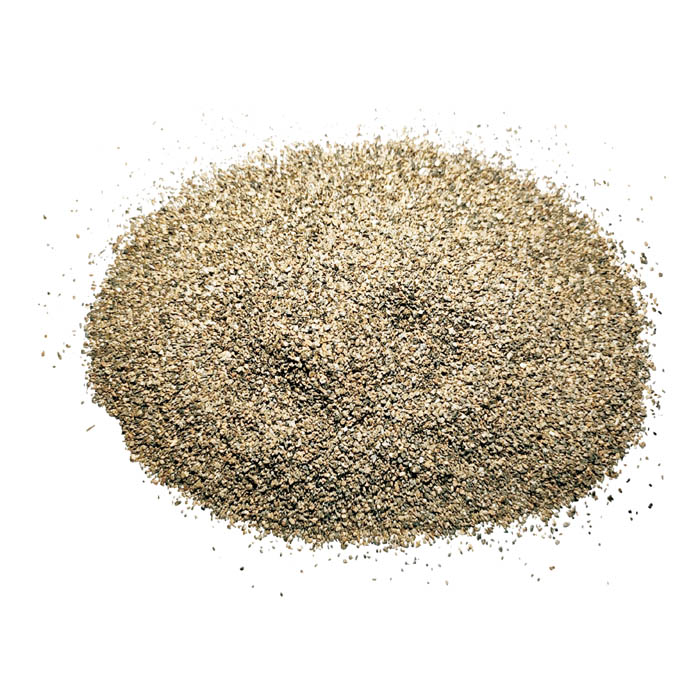Aug . 13, 2024 04:42 Back to list
Exploring the Process of Steel Production from Iron Ore in China's Metallurgical Industry
The Process of Steel Making from Iron Ore in China
China is the world's largest producer of steel, contributing more than half of the global output. The journey from iron ore to steel in Chinese steel mills is a complex process that involves multiple stages, advanced technology, and substantial energy consumption. Understanding this process provides insight into the nation’s industrial capabilities and the significance of steel in its economy.
Iron Ore Extraction
The first step in steel production is the extraction of iron ore. China is not only the largest consumer of steel but also a major importer of iron ore, primarily sourcing it from countries like Australia, Brazil, and South Africa. The two main types of iron ore are hematite and magnetite, with hematite being the more widely used due to its higher iron content.
Once extracted, iron ore undergoes processing to remove impurities. Techniques such as crushing, grinding, and gravity separation enhance the concentration of iron in the ore, yielding a material known as iron concentrate, which is subsequently ready for the next stage of steel production.
Sintering and Pelletizing
The processed iron ore is then subjected to sintering or pelletizing. Sintering involves heating fine iron ore along with coke (a carbon-rich material derived from coal) and limestone in a furnace, forming clumps known as sinter. Alternatively, pelletizing is a process that involves turning iron ore fines into spherical pellets. These pellets are easier to transport and charge into the blast furnace, enhancing the efficiency of the smelting process.
Blast Furnace Operation
The blast furnace is a quintessential component in steelmaking. It operates by combining the sintered iron, coke, and limestone at high temperatures, typically around 1,600 degrees Celsius. The coke serves as both a fuel and a reducing agent, which reacts with the iron ore to produce molten iron, known as pig iron, while limestone acts as a flux to remove impurities. The result is a layered setup inside the furnace wherein the lighter carbon waste rises to the top as slag, while the molten iron collects at the bottom, ready for tapping.
china steel making from iron ore

Steelmaking Processes
The next phase is converting pig iron into steel. Two primary methods are used in China the Basic Oxygen Furnace (BOF) and the Electric Arc Furnace (EAF).
1. Basic Oxygen Furnace (BOF) This method is predominant in large-scale production. In a BOF, pig iron is mixed with scrap steel and subjected to a blast of oxygen, which oxidizes impurities and reduces carbon content, resulting in molten steel. This process is efficient and has a reasonable turnaround time, producing high-quality steel.
2. Electric Arc Furnace (EAF) The EAF method is favored for producing specialty steels and recycling scrap metal. It utilizes electric arcs to melt steel scrap and sometimes direct reduced iron. EAFs are generally more flexible, and their operation leads to lower carbon emissions compared to BOFs.
Continuous Casting and Finishing
After steel production, the molten metal is subjected to continuous casting, where it is solidified into semi-finished products like slabs, blooms, or billets. These semi-finished products are further processed through rolling mills to produce various steel products such as sheets, beams, and rods, which are critical for construction, manufacturing, and various other industries.
Conclusion
China’s steelmaking process from iron ore is a blend of traditional industrial methods and modern technology. Each stage, from ore extraction to the final product, reflects the country’s massive industrial scale and efficiency. As global demand for steel continues to rise, understanding this process is essential for grasping the broader economic and environmental implications of steel production in China and its role in the global market. As the industry evolves, innovations aimed at reducing carbon emissions and enhancing efficiency will undoubtedly shape the future of steelmaking in China.
-
Eco-Friendly Granule Covering Agent | Dust & Caking Control
NewsAug.06,2025
-
Fe-C Composite Pellets for BOF: High-Efficiency & Cost-Saving
NewsAug.05,2025
-
Premium Tundish Covering Agents Exporters | High Purity
NewsAug.04,2025
-
Fe-C Composite Pellets for BOF | Efficient & Economical
NewsAug.03,2025
-
Top Tundish Covering Agent Exporters | Premium Quality Solutions
NewsAug.02,2025
-
First Bauxite Exporters | AI-Optimized Supply
NewsAug.01,2025
